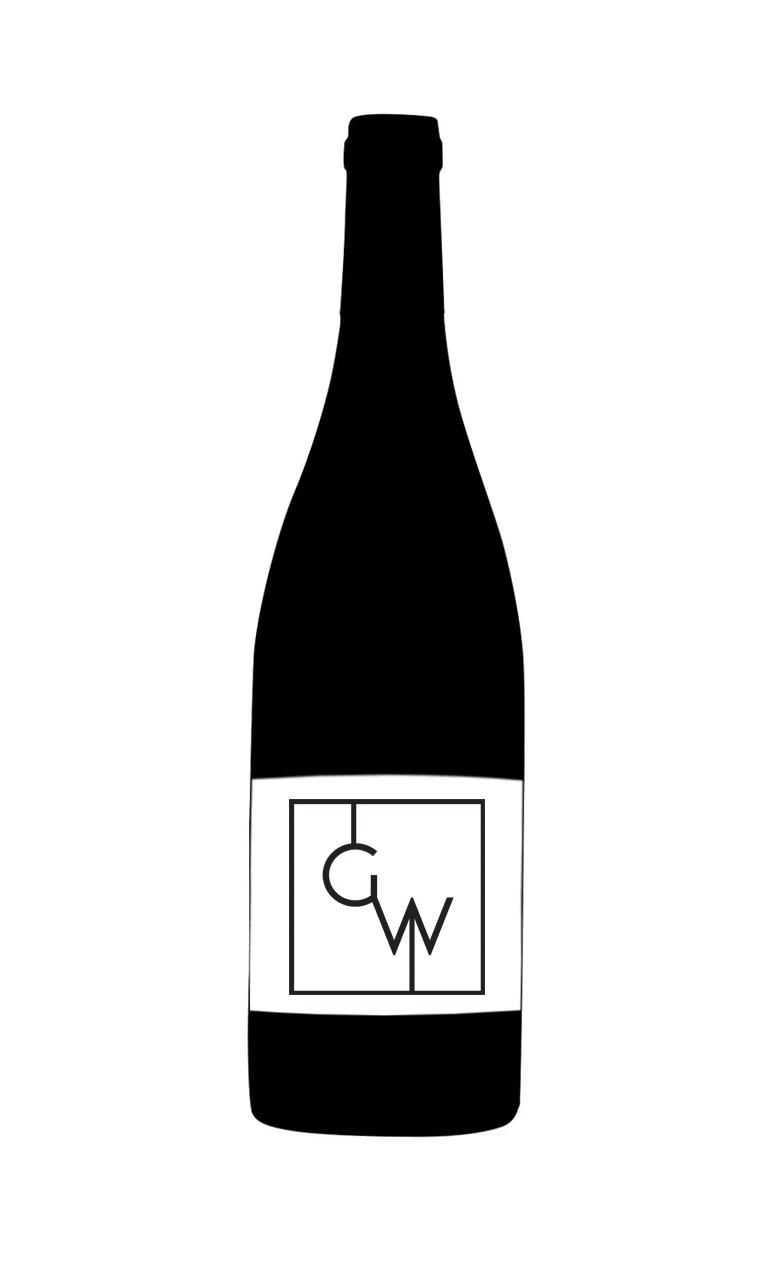Producer
Château Lafleur


This wine is currently only available Duty Paid
Need help? Call +44 (0)20 7793 7900 or email wine@goedhuiswaddesdon.com.
I liked the 1997 Lafleur more than the 1996. It is one of those rare Lafleurs that lucky purchasers will be able to drink at a young age. An impressively saturated dense ruby/purple color is followed by the classic Lafleur aromas - jammy black raspberries, kirsch liqueur, prunes, and minerals. Forward, full-bodied, and sexy, with an unctuous texture, and gobs of sweet tannin, this is a luxurious, evolved Lafleur that will provide gorgeous drinking in 2-3 years, and last for two decades. The only other vintage of Lafleur that tasted this evolved and satiny at such a youthful age was the 1983. Drink: 2000-2018.
I liked the 1997 Lafleur more than the 1996. It is one of those rare Lafleurs that lucky purchasers will be able to drink at a young age. An impressively saturated dense ruby/purple color is followed by the classic Lafleur aromas - jammy black raspberries, kirsch liqueur, prunes, and minerals. Forward, full-bodied, and sexy, with an unctuous texture, and gobs of sweet tannin, this is a luxurious, evolved Lafleur that will provide gorgeous drinking in 2-3 years, and last for two decades. The only other vintage of Lafleur that tasted this evolved and satiny at such a youthful age was the 1983. Drink: 2000-2018.
Lafleur's 1997 is easy to assess. The color is dark ruby with purple nuances. Medium-bodied, with striking kirsch liqueur and black raspberry scents, moderate tannin, excellent purity and ripeness, it displays sweetness and glycerin. It should be ready to drink early, and I expect it to be one of the longer-lived wines from the 1997 vintage. Anticipated maturity: 2004-2018.
The dark ruby-colored 1997 is impossibly tannic, with a tough texture and lean constitution. Paradoxically, the wine has weight, ripeness, and richness, but its dry, astringent finish is reminiscent of a 1998 Medoc. This wine's development is questionable, and I have serious reservations about its ratio of tannin to fruit. It may turn out to be excellent, but patience will be required. Anticipated maturity: 2006-2015.
A solid wine. Good dried cherry and berry aromas follow through to a medium-bodied palate, with light tannins and a fruity finish. Perhaps not as impressive as in barrel. Best from 2001 through 2005. -JS

The small sub-region of Pomerol is situated north-east of the industrious city of Libourne. Pomerol's soils are predominately iron-rich clay with a smattering of gravel that produce wines with extraordinary power and depth. As a result of this clay-dominance, it has the highest percentage of Merlot planted in all of Bordeaux. Certain châteaux are produced exclusively from this grape, but most incorporate smaller quantities of Cabernet Sauvignon and Cabernet Franc as well. Despite its hefty (if not exclusive) proportion of Merlot, many people think of wines from this region as separate entities. As one wine aficionado stated recently, "It's not Merlot. It's Pomerol." Despite the region's small size, Pomerol contains some of the world's most sought after (and expensive) wines including Pétrus, Le Pin, Lafleur, l'Evangile and Vieux Château Certan. Unlike other Bordelais subregions, there is no system of classification. The châteaux are traded on reputation alone.